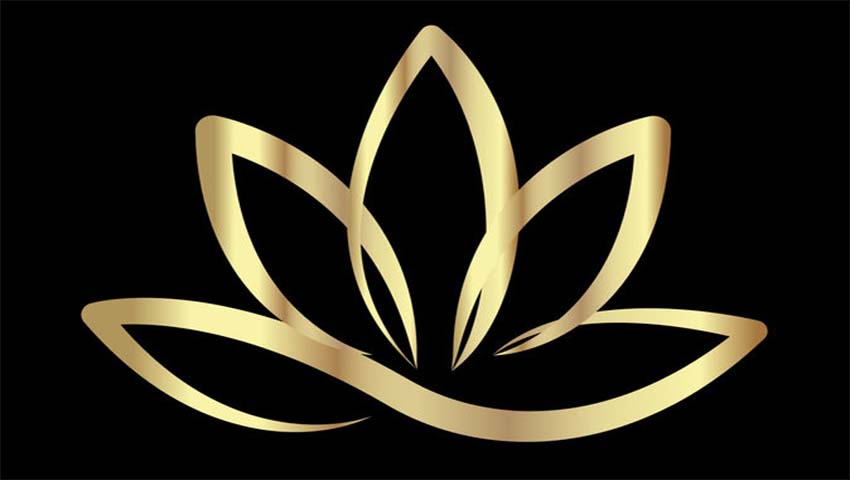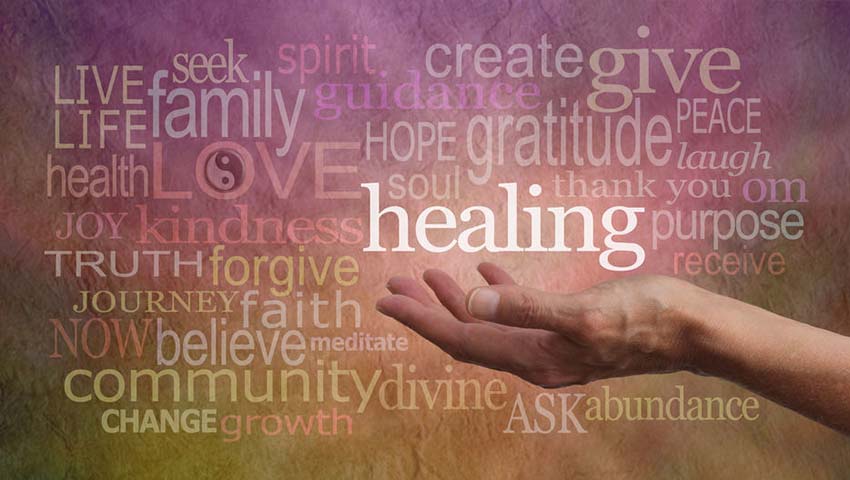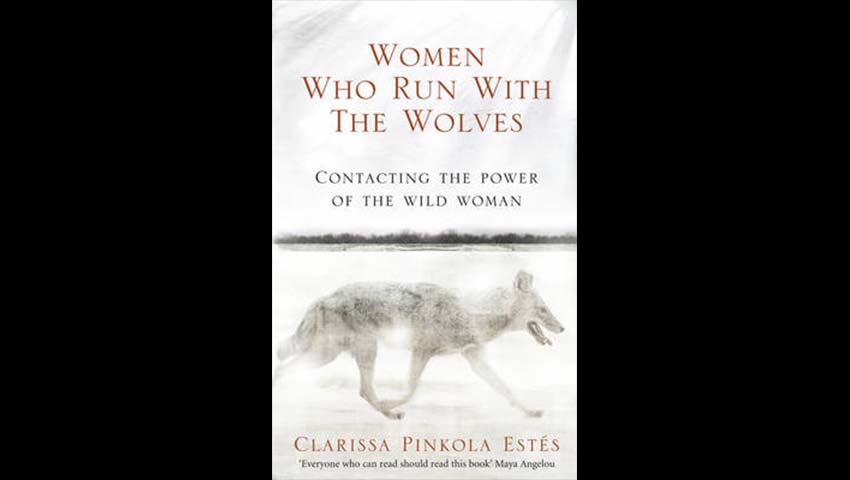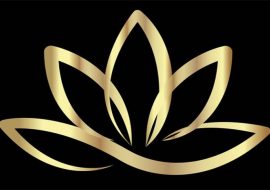
Blog


A Moments Pause by Mary Oliver

Orthodox Masculinity – Angry Men – (Part 2)
Men I have worked with have described how other men judge men who express emotions and feelings, other than anger. Anger, being the exception to the rule. Anger, being the only acceptable masculine emotion. Please refer to Part 1 of this article which talks about emotions being seen as a “feminine condition”.
And, as a consequence men have learnt that their emotional life must be controlled. They have adapted to this way of being by learning to use various coping strategies that they deploy, for example, by burying, ignoring or dismissing their emotional feelings and emotional needs to name but a few.
These men may present in my therapy room with an array of defensive behaviours such as anger, frustration and controlling behaviour, which sometimes plays out in my therapy room as an attempt to take control of me and the therapeutic relationship.
Behaviours and actions such as these are welcome in my therapy room. It assists me to find a way into establishing a therapeutic relationship with my clients, which in-turn gives me a way in to the therapeutic exploration of the emotions behind the anger. This therapeutic relationship can sometimes take many months to build, before a level of trust is established to enable the exploration of the emotions behind the anger to be explored. Anger can mask a lot of pain and hurt. And a man needs his armour to protect himself from this pain. Unless there is a level of therapeutic trust, the armour will remain on. This can be very challenging work for the therapist and client and very rewarding work for both.
Anger is a valid emotion. And the emotions behind the anger needs to be understood and explored from a place of love and compassion, by both the therapist and client. By gaining some understanding of the emotions that present as anger, enables clients to start to understand themselves in ways that they may have not done before. For example, they may learn to have some compassion for themselves, or perhaps they may start to learn what drives them. This insight into the “Self” (refer to website, individual counselling) then leads onto other insights. For example, they may start to gain an understanding into why they react to certain situations, events and others in the way that they do. And, as they look at their story and gain a deeper understanding of themselves and the impact their story has had on them, most find that the anger starts to subside. This process can take many months of hard, tough and challenging therapeutic work. And can sometimes initiate a deep healing process.
Behind anger can be an array of emotions, such as sadness, disappointment and perhaps shame. To be able to explore these emotions in a therapeutic way can be a very cathartic and transforming experience.
Be Gentle With Anger
Author: Jeff Foster, Donna J Gia and Jai Chauhan
Be gentle with anger. Bow before it. It is not what you think it is.
Let it come closer, let it enter you if it must. Feel its power. Until there is no division between “Self” and “anger”. Until you cannot call it “anger” at all. Until there is only fire, passion. But no violence.
Anger is the roar of a lion, the cry of a universe longing to be born. It reminds you, when you have forgotten, that the power of life moves through you. That you have a voice.
Do not push your anger away, or label it “negative” or “unspiritual”. Do not pretend it is not there. No need to act it out, either.
Feel its pounding, its vibration, its longing to be acknowledged, held. At its burning core, discover courage.
The courage to be yourself. To hold your path, fearlessly. To speak for those without a voice. To stand up for truth, with passion and dignity. To roar with love.
Know that your heart is vast and spacious, and anger, so often misunderstood, has a home in you, a sanctuary.
The psychology of men and masculinity – Part 3 – will be posted in the next week or two.

COVID-19 Update
Face to Face appointments will resume at the practice from the 15th June assuming lockdown continues to be eased and COVID-19 figures continue to improve. An online therapy service will be available for the foreseeable future.
The practice has been deep cleaned, re-decorated and reorganised to accommodate the 2 metre social distancing guidelines. Pictures posted on latest news.
Hand Sanitizer is available as you enter the building and in my office. The office will be wiped down with antiseptic wipes between clients and deep cleaned on a daily basis.
The cleaning regime at the Monastery has been stepped up. Entrances, corridors, stairs, surfaces etc. are cleaned on a daily basis. And you will find Hand Sanitizer in the loos.
You may want to bring your own water. Bottled water is available.
If you have made a face to face appointment but feel at all unwell, please do not come to the practice we can work online instead. I will adhere to that as well.
Stay Safe

Orthodox Masculinity – What are little boys made of? – (Part 1)
Sex, the state of being male or female begins in the womb. You may be surprised to learn that we all start out as female; all foetal genitalia are the same and are phenotypically female. After approximately 6 to 7 weeks changes occur in some foetuses, a Y chromosome induces changes that result in the development of the testes.
We are born either female or male, determined by our genitaler. From the moment we are born, most of us are bought up by our parents in a way that confirms to the traditional or general accepted rules or beliefs that our parents have on how boys and girls should be bought up. Our parent’s views on what this looks like and what shape this takes is largely based on how they were bought up which would have been determined by their parents traditional or general accepted rules or beliefs.
“What are little boys made of? Snips and snails and puppy-dogs tails, That’s what little boys are made of. What are little girls made of? Sugar and spice and everything nice, That’s what little girls are made of.”
A popular nursery rhyme, remembered from my child hood.
Author thought to be Robert Southey (1774-1843)
On a course I attended just before lockdown we were shown a short video. The setting was a nursery, the children were at a guess around 2. The boys were dressed in “girls” clothes and the girls were dressed in “boys” clothes. The research involved the observation of Male and Female Nursery workers, who were unaware of the clothes switch, on how they interacted with the children and which toys they chose for the children to play with.
A large selection of toys were available to choose from, ranging from dolls, soft toys, puzzles, cars etc. After the observational research, the nursery workers were then interviewed. During the interviews they were made aware of the clothes switch and were surprised and shocked at how unwittingly and unconsciously each and every one of them had given the girls what they considered to be “girls” toys, dolls for example, and the boys what they considered to be “boys” toys, for example, cars and puzzles.
I am citing this as an example that demonstrates how behaviours and attitudes around gender are so very entrenched in each and every one of us and how unaware we are of this. This unconscious behaviour has an impact on how the society we live in is structured and set up which perpetuates our views, behaviours and attitudes around Gender. Or perhaps the reverse is true, we, each and every one of us mirror societies behaviour and attitude towards gender through our parenting and generally accepted rules and beliefs around Gender and this perpetuates our very entrenched views.
It’s okay for women to be emotional because it’s a Feminine Condition!!
Emotions are a Human Condition. Emotions are not a feminine condition. Who perpetuates the belief that emotions are a feminine condition? Men? Women? Or perhaps both Genders collude with this belief.
Research, literature and professional opinion, including mine based on my therapeutic work with male clients on a one to one basis and within the context of couple therapy work argues/has found that most men find it hard to have their needs/emotional needs met in relationship.
There appears to be a strong relationship between orthodox masculinity and the rejection of needs. Most men I have worked with have learnt from their fathers/role models that “real men” are able to meet their own needs, some have learnt that their needs are unimportant, some have not even considered what their needs might be. When men find themselves in a therapy room, it may be the first time they have felt able to give themselves permission to explore their needs and what they might be.
By not knowing and not being able to name what these needs are can have a detrimental effect on a man’s mental wellbeing and can cause difficulties in the relationship they have with themselves and in their intimate relationships. For example, they may withdraw or shut out their partners when the going gets tough ignoring their needs, because “real man” don’t have needs, don’t need help, can “fix” it themselves because that’s what “real men” do. As said above, this way of being and thinking is perpetuated by learnt and mirrored behaviour from; fathers, other men, society, mothers, wives and partners etc.
When a man decides to embark on a course of therapy, they are asking for help. To seek help, as explained above, for most men isn’t an easy thing to do and when they enter my room, I am aware of how vulnerable they may feel because “Real men” don’t need therapy.
Instead of seeing therapy as a courageous step, which it is, (Those who are in therapy know that it is) they are more than likely feeling ashamed at ending up in a therapy room. Some men unwittingly hide behind anger and frustration when they are feeling ashamed and vulnerable and may present in my room as very angry men. I will expand on this and explore this in further detail in part two of this article which will follow within the next week or two.

Dear Prudence – Covid 19 – Lockdown week 6
Have you ever woken up with a song in your head, that you unconsciously hum all day? Yesterday and today I woke up and found myself humming “Dear Prudence “ a song I have always associated with Siouxsie and the Banshees, having google researched the song, I have since discovered it’s a Beatles song written by John Lennon. (sincere apologise to Beatles fans!!) Have you ever wondered and reflected on why a particular song has entered your Psyche? I do and invite you to do the same, if it happens to you. So why has “Dear Prudence”, a song stored in my preconscious suddenly entered my conscious, a song I have not played or heard for years.
I will write a more detailed article about the preconscious and the conscious another time, but for the purpose of this article I am referring to the preconscious as a place in the psyche where thoughts, in this instance, a song, is readily accessible but not being actively thought about enters my conscious. I’m now actively remembering the song, reflecting on the words and am curious as to why, what triggered its move from my preconscious to my conscious.
So I download it from Spotify and play it a few times and listen to the words. And to me it sounds as if Prudence has shut herself away and shut down, her friends are trying to reach out to her and their words are going unheard. Someone having a breakdown and or someone who has experienced a traumatic event may present in this way when seeking therapeutic work. Sometimes clients need to fall apart in order to rebuild, recover and heal. To support a client at this point in their lives, to support them as they navigate their way through, heal and recover is normally long term work and can be very humbling for a therapist and very rewarding. I google researched the story behind the song to discover that the song was based on a true event inspired by a young women named Prudence who had shut herself away and couldn’t be reached by her friends.
Source Wikipedia
“Dear Prudence…Written in Rishikesh during the groups trip to India in early 1968, it was inspired by Prudence Farrow, who became obsessive about meditating while practising with Maharishi Mahesh Yogi. Her designated partners on the meditation course, Lennon and George Harrison, attempted to coax Farrow out of her seclusion, which led to Lennon writing the song”
Lockdown – week 6, how are you all doing? What’s your mood like? Your energy levels? What are you reflecting on and thinking about? I am still humming “Dear Prudence” now a quote from Winnie The Poo moves from my preconscious to the conscious and I am very curious about the connection between the quote and the song “Dear Prudence” and wonder if either have been triggered by me being in week 6 of lockdown.
A.A.Milne
“How does one become a butterfly? Pooh asked pensively. “You must want to fly so much that you are willing to give up being a Caterpillar”, Piglet replied.
Does Prudence go into her cocoon, break apart and emerge as a butterfly? what transformations are each of us going through in lockdown as everything we knew breaks down or shuts down around us. What’s our knew normal going to look like? How many of us are holding on to what we knew and are hoping for things to go back to that, preferring to stay in our cocoons and how many of us are going to
emerge transformed, moving from cocoon to butterfly hoping for something knew, ready to fly off into the unknown.
“Dear Prudence, wont you come out to play? Dear Prudence, greet the brand new day. The sun is up, the sky is blue. Its beautiful and so are you. Dear Prudence, wont you come out to play?
Dear Prudence, open up your eyes. Dear Prudence, see the sunny skies. The wind is low, the birds will sing that you are part of everything. Dear Prudence, wont you open your eyes?
Look around, round, round round……..”

Iron John By Robert Bly

Jupiter by Adibanti & Maddy

You Are More Than A Body by Marisa Donnelly

Women Who Run With The Wolves By Dr. Clarissa Pinkola Estes

The Truelove
As we step into the new year i share with you a poem by David Whyte about the courage to finally say "YES" to life and love. …

A Moments Pause by Mary Oliver
Sharing one of my favourite poems with you, written and narrated by Mary Oliver. This poem invites you to reconnect with …

Orthodox Masculinity – Angry Men – (Part 2)
Men I have worked with have described how other men judge men who express emotions and feelings, other than anger. Anger, …

